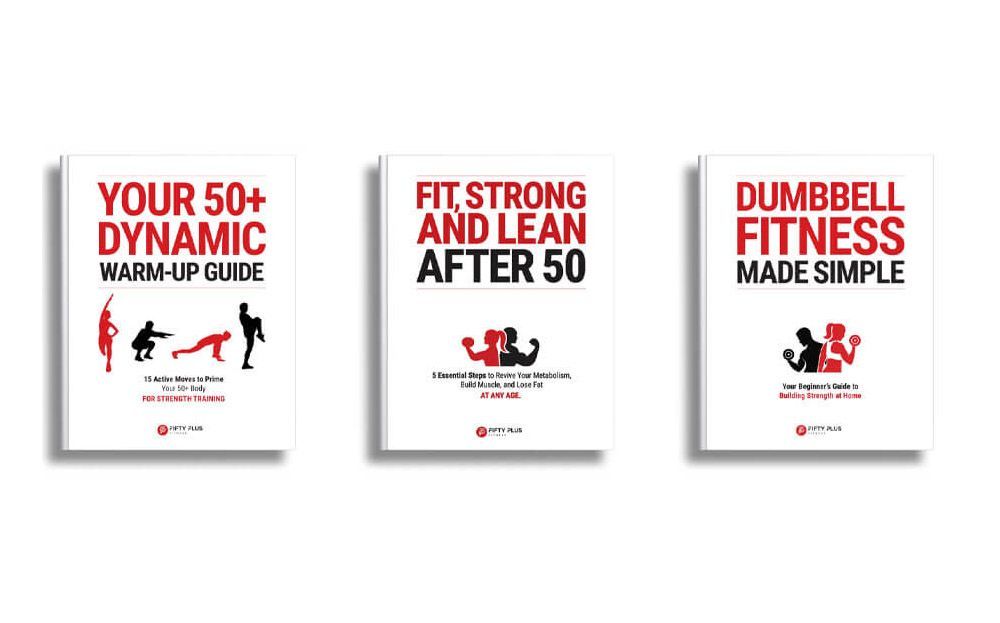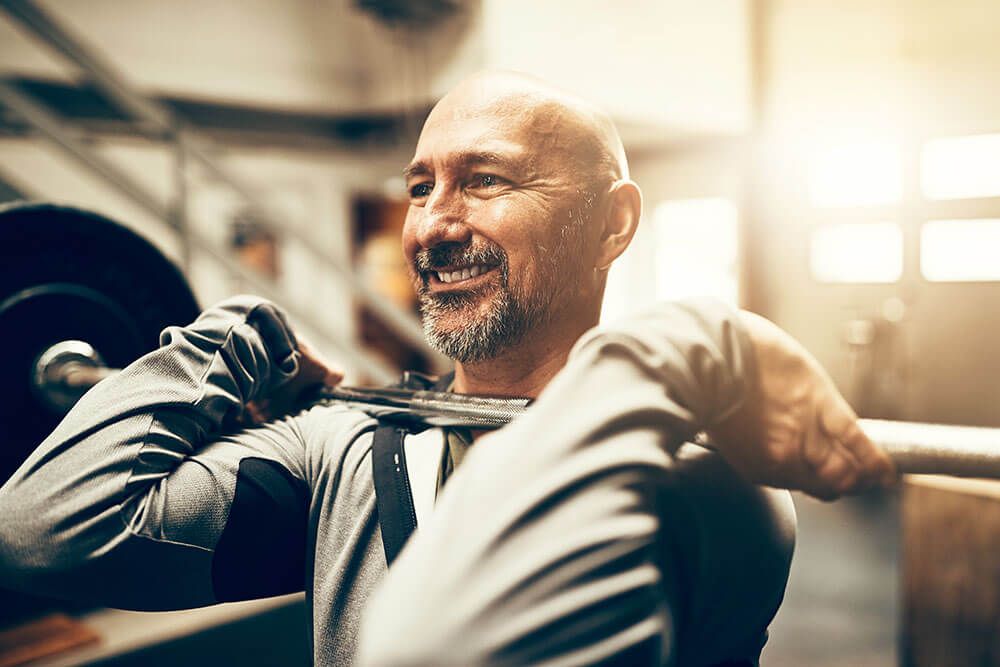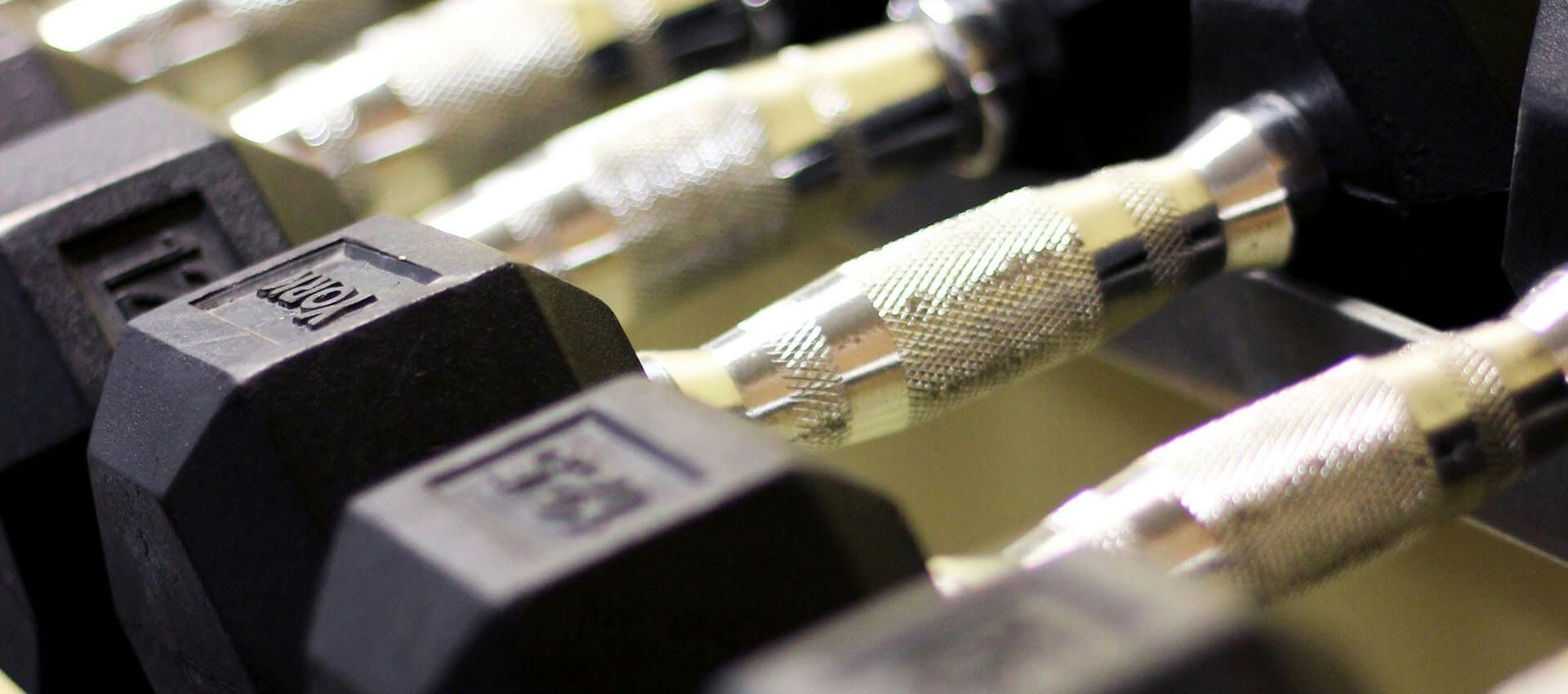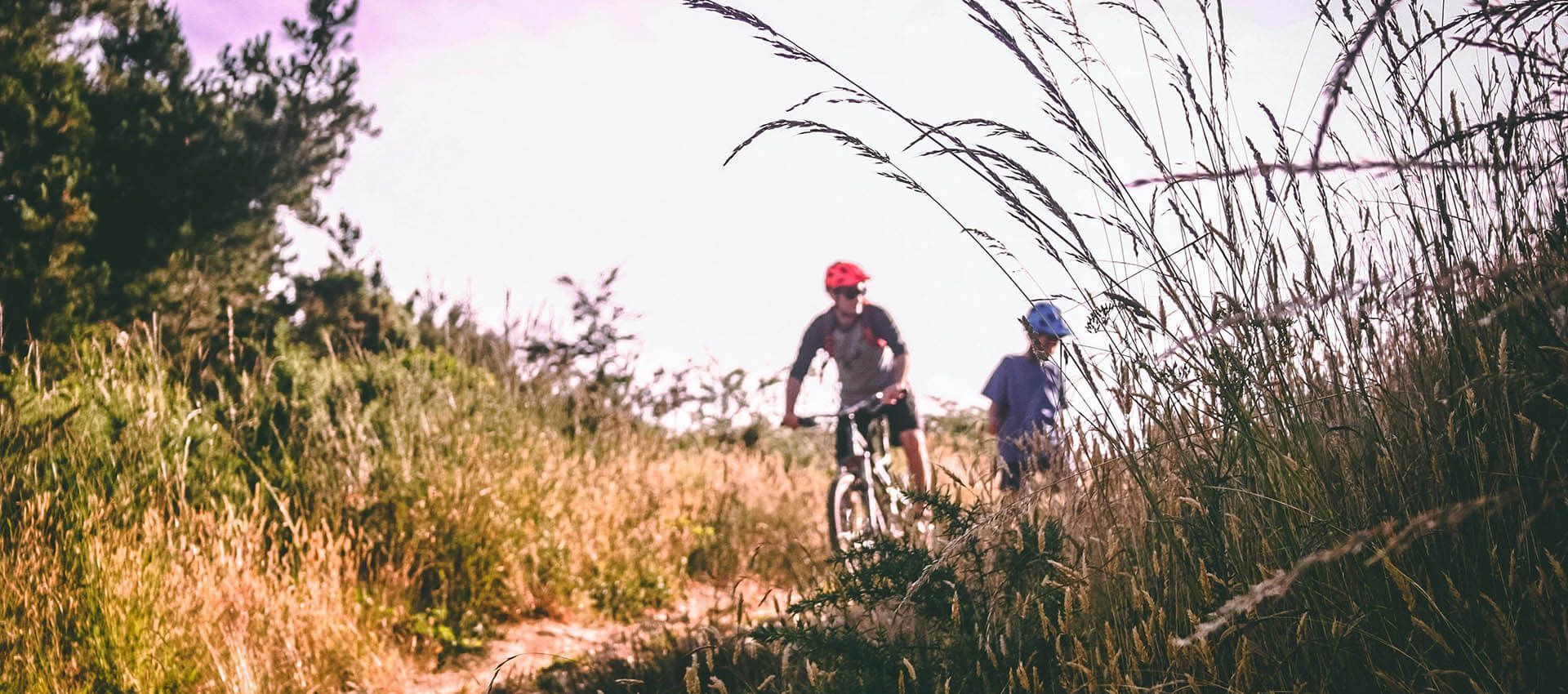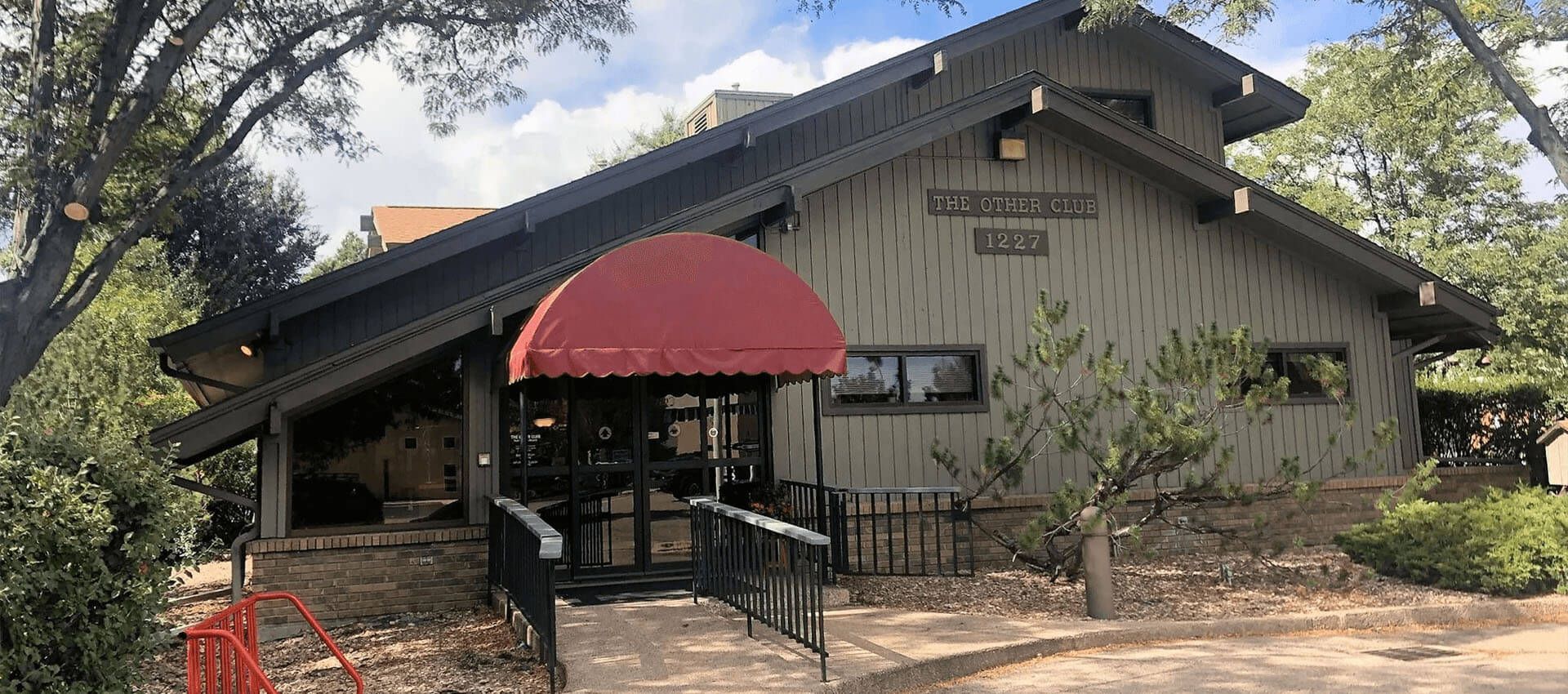Why Lifting Weights Matters for Fort Collins Men Over 50

Aging isn’t what it used to be—or at least it doesn’t have to be. For men over 50 living in Fort Collins, or anywhere really, the years can bring noticeable shifts: a little less energy, some extra stiffness in the morning, maybe a few pounds that weren’t there before.
It’s easy to chalk it up to “getting older” and leave it at that. But here’s the thing—there’s a way to push back against that tide, and it’s not endless hours on a treadmill or chasing quick-fix fads. It’s strength training.
I’ve seen it firsthand. In my journey, I spent my 40s logging miles, running or grinding away on the treadmill, only to watch the weight creep back every time. And I never made the progress I wanted to make!
It wasn’t until my 50s that I gave lifting a real shot—and now, at 61, I can say it’s been the single biggest thing that changed my level of fitness (and my life) for the better.
This isn’t about turning into a bodybuilder or trying to relive your 20s. It IS about feeling stronger, moving better, and keeping up with life—whether that’s hiking the foothills or hauling groceries up the stairs.
So, why should men over 50 in Fort Collins (or anywhere) make strength training a priority? Let’s break it down.
The Science Backs It Up
Starting in your 30s, muscle mass begins to slip away—a process called sarcopenia—at a rate of about 3-8% per decade. After 60, that pace picks up. Less muscle means weaker bones, slower metabolism, and a tougher time doing everyday things. Strength training flips that script. It builds muscle, sure, but it also revs up your calorie burn even when you’re just sitting at home watching the sunset over the Rockies. Studies—like those highlighted by fitness experts on podcasts such as Mind Pump—point to resistance training as the top exercise for longevity. That’s not hype; it’s fact.
For guys in Northern Colorado, where an active lifestyle is practically a birthright, this matters. You don’t want to be sidelined from biking along the Poudre River or playing pickup games at City Park just because your body’s slowing down. Lifting keeps you in the game.
Benefits That Hit Home
The perks go beyond the mirror. Here’s what strength training delivers:
Easier Weight Management: More muscle means a higher resting metabolic rate. That’s a natural boost to keeping those extra pounds off—no starvation diets required.
Stronger Bones: Weight-bearing moves like squats or deadlifts fight osteoporosis, a real concern as we age. In a place like Fort Collins, where outdoor adventures abound, solid bones are non-negotiable.
Better Mobility: Everyday tasks—carrying a cooler to a tailgate at Hughes Stadium or climbing stairs—get simpler with stronger muscles supporting your joints.
Mood and Energy Lift: Lifting triggers endorphins. It’s a natural high that beats the afternoon slump and keeps you sharp for whatever’s next.
I used to deal with nagging lower back pain—something too many guys over 50 know well. Compound lifts, like deadlifts done with good form, sorted that out for me. It’s not magic; it’s just how the body works when you give it the right tools.
Starting Smart in Fort Collins
You don’t need a fancy gym to begin. Bodyweight exercises—think squats, push-ups, or planks—are a solid entry point. I’ve done them in my backyard overlooking the Front Range, and they’re just as effective as anything with weights. They build a foundation, improve balance, and get you ready for more. If you’re curious about other options, this post on exercises for pickleball players (yourwebsite.com/pickleball-strength) has some great ideas that translate anywhere.
That said, Fort Collins offers plenty of spots to level up if you’re ready. Places like The Other Club (theotherclubfortcollins.com), a laid-back alternative to crowded chain gyms, make it easy to dip your toes into free weights or machines. Dumbbells, barbells, even resistance bands—all work if you’re consistent. The key is progression: start light, add a little challenge over time, and watch your strength grow.
Training Smarter, Not Harder
For men over 50, it’s not about lifting the heaviest thing in sight. It’s about training smarter. Focus on compound moves—squats, presses, rows—that hit multiple muscle groups at once. Recovery matters more now, too. Rest days and good sleep aren’t optional; they’re where the real gains happen. And fuel? Protein’s your ally—think a hearty post-workout meal after a session at a local spot like The Other Club.
If you’re digging into this for the first time, set small goals. Maybe it’s five solid push-ups or a dumbbell row you can feel proud of. Build from there. This deeper dive into strength training for men (yourwebsite.com/strength-training-men) has more on tailoring it to your needs.
Why It’s Worth It
Strength training isn’t just exercise—it’s a stake in your future. In a town like Fort Collins, where the mountains call and the community thrives on staying active, it’s a way to keep doing what you love. At 61, I’m stronger than I was at 40, and it’s not because I’m special—it’s because I stuck with it. You can too.
So, whether you’re starting at home or stepping into a gym, give lifting a shot. Your body—and the trails around NoCo—will thank you.
Ready to start lifting?
I'll help you build strength for life! Get started today!


